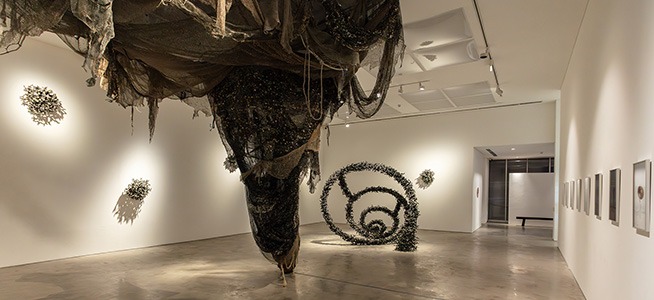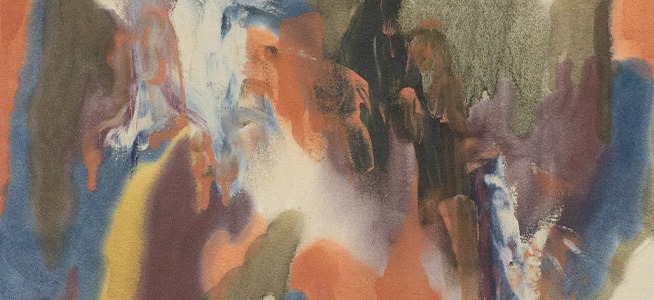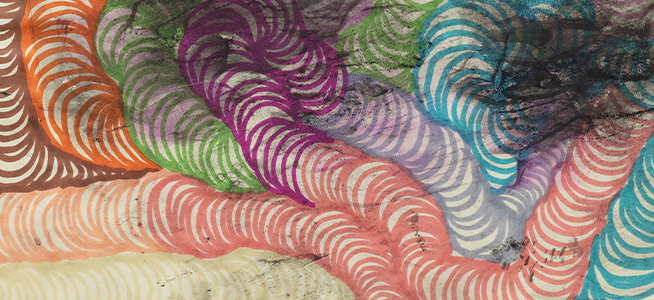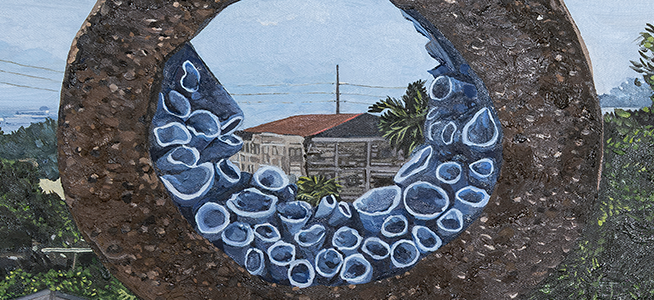
MANILA
20 November - 20 December 2025
20 November - 20 December 2025
Poklong Anading
lumalalim sa kababawan, lumulutang sa kalaliman
Silverlens, Manila
From the Lubi Art Residency Program in Davao de Oro all the way to its first iteration in his exhibition in New York, Anading’s intermingling of upcycled materials with new art expressions receives another public viewing for the residents of Metro Manila through his latest show at Silverlens Gallery. The exhibition demonstrates the artist’s conceptual approach while using different media—objects, video, photographs, and drawings—all derived from his diving expeditions in Lubi.

MANILA
20 November - 20 December 2025
20 November - 20 December 2025
Carina Santos
Eight Views from the Border
Silverlens, Manila
There is a strange, affecting nostalgia to Carina Santos’ so-called “pour paintings,” evocative abstract paintings that employ material, gesture and chance to conjure up memories of terrains and skies. Looking at the artist’s paintings from the series sometimes feels like staring out of windows, and into a hazy view of remembrances from the natural world.

NEW YORK
06 November - 20 December 2025
06 November - 20 December 2025
Carlos Villa & Leo Valledor
Carlos Villa and Leo Valledor: Drawings
Silverlens, New York
This exhibition at Silverlens New York marks the first presentation devoted to the drawings of Carlos Villa and Leo Valledor. Long known for their monumental paintings, here the artists work up close. On paper, their ideas are immediate and unguarded, holding the DNA of their major works while making their kinship plain: two artists for whom artmaking was a form of thinking, and where experimentation was the real subject. A few master paintings accompany the works, extending that dialogue and pairing the iconic with the intimate.

NEW YORK
06 November - 20 December 2025
06 November - 20 December 2025
Hanna Pettyjohn
A Mountain's Hands
Silverlens, New York
This body of work departs from Reflections, in Situ (2025), where she “zoomed in” on her father’s ceramics, letting surrounding foliage overtake them. In A Mountain’s Hands, she “zooms out.” Now front and center, her parents’ humble ceramics tower above mountain peaks and reach from lush undergrowth past treelines to clouded horizons. Sari-sari (sundry) stores, residential subdivisions, warehouses, and other urban encroachments shrink to the margins. This inversion of scale – between the handheld and intimate and the sprawling and expansive – exalts the ceramics, in the artist’s words, to a “grand, imposing, and heroic” status.